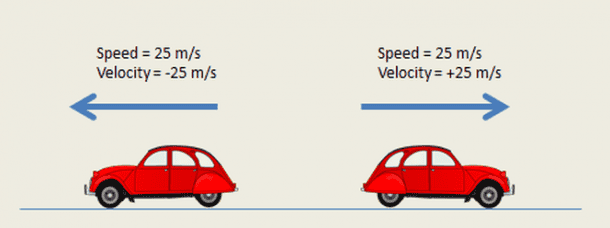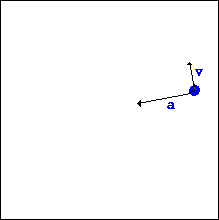Well yes!
The first and foremost thing to notice here is the difference between speed and velocity, and what it means to accelerate. The speed is simply the distance covered in a given time whereas Velocity implies the displacement achieved in a particular direction, in a given time. This entitlement to direction makes all the difference.

Since if a car is moving at a constant rate in a circle, say 20 km/s, then the speed of the car i.e. 20 km/s remains constant. However, the velocity will not be strictly constant, since at each point on that circular path the direction of the motion of the car will continue to change, even if it moves with the same rate of 20 km/s. So intuitively it would raise the question of how can we accelerate when there is no change in speed?

The other part of the picture is the acceleration, which can be understood as the rate at which the velocity of moving object changes. Notice how the acceleration depends on the velocity and not speed. This lies at the heart of the question, we have intuitively asked ourselves.
If a car is moving in a uniform circular motion, it is bound to change direction even when the speed remains constant. Therefore it accelerates at the rate at which the direction of the car changes keeping the speed of the car uniform.
Credits: Quora


